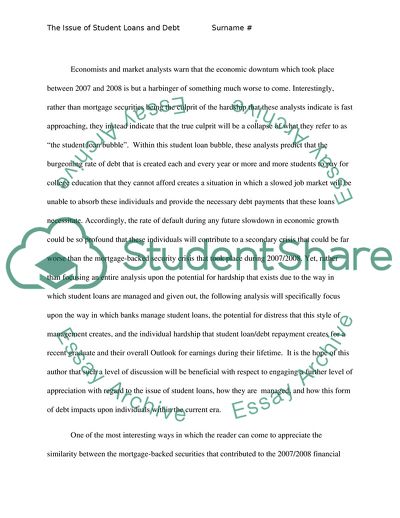Cite this document
(Student Loans; How banks manage them and how they affect individual Term Paper, n.d.)
Student Loans; How banks manage them and how they affect individual Term Paper. https://studentshare.org/macro-microeconomics/1834589-student-loans-how-banks-manage-them-and-how-they-affect-individual-spending
Student Loans; How banks manage them and how they affect individual Term Paper. https://studentshare.org/macro-microeconomics/1834589-student-loans-how-banks-manage-them-and-how-they-affect-individual-spending
(Student Loans; How Banks Manage Them and How They Affect Individual Term Paper)
Student Loans; How Banks Manage Them and How They Affect Individual Term Paper. https://studentshare.org/macro-microeconomics/1834589-student-loans-how-banks-manage-them-and-how-they-affect-individual-spending.
Student Loans; How Banks Manage Them and How They Affect Individual Term Paper. https://studentshare.org/macro-microeconomics/1834589-student-loans-how-banks-manage-them-and-how-they-affect-individual-spending.
“Student Loans; How Banks Manage Them and How They Affect Individual Term Paper”. https://studentshare.org/macro-microeconomics/1834589-student-loans-how-banks-manage-them-and-how-they-affect-individual-spending.


